What To Plant In June
Are you wondering what to plant in June? Some of the seeds you can plant are beans, beets, carrots, corn, cucumbers, peas, summer squash, and melons. I’m so excited to share this post with you today. I really hope you have started a garden, no matter how big or small. I feel we must learn to grow some of our own food, my friends. I updated this post so we can be ready to learn once again about gardening.
If we can produce our own food or at least part of it, we can be just that much more self-sufficient. Be sure and buy really good seeds. This is where I buy my seeds: SeedsNow
I highly recommend these for seedlings: CowPots and Organic Seedling Soil, this way you plant your seeds and place the CowPots in your garden when the temperatures are right.
How I store my garden seeds:
Plastic Photo Container and Label Maker
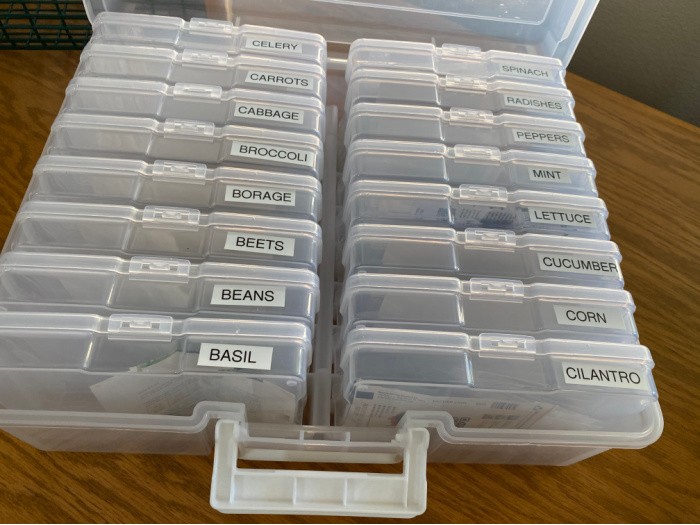
What To Plant In June-Zones 1-10
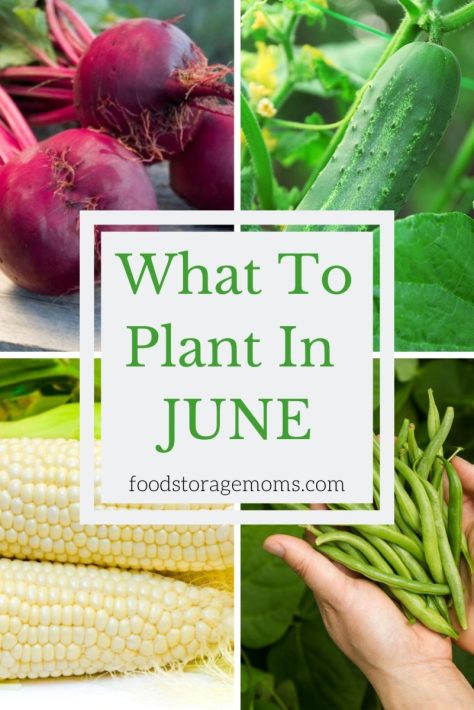
USDA Hardiness Zones
Be sure and check out your hardiness zone for the best time to plant based on where you live. Check here to find your zone.
Amend The Soil
Please remember to amend your soil, if it needs it. Here are a few of the items I use in my garden, when needed:
Unco Industries Wiggle Worm Soil Builder Earthworm Castings Organic Fertilizer
Miracle-Gro Nature’s Care Organic Bone Meal, 3 lb.
Espoma VM8 8-Quart Organic Vermiculite
UPDATE: My New Favorite Soil
I’m starting to see this great product online and in local garden shops! It’s the perfect mix of everything you need in your garden.
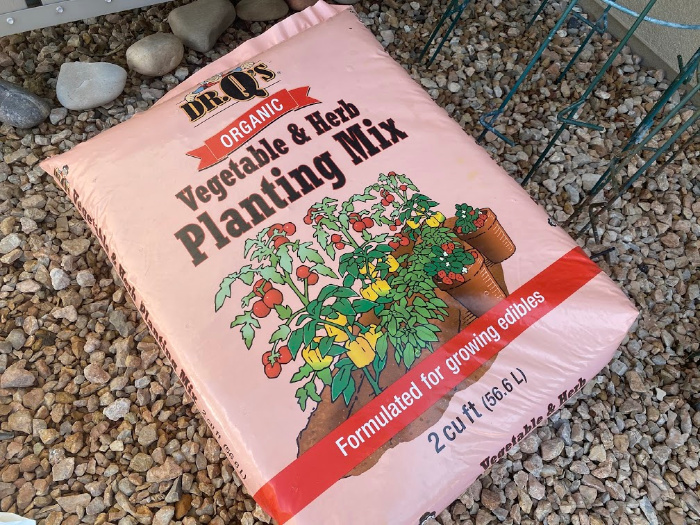
What Does The Term pH Level Mean?
Are you wondering what the term pH level is when gardening? Each plant prefers a different level of acidity to grow the very best harvest. The level of acidity desired varies between each plant variety.
Therefore, you can adjust the pH of your soil by adding lime or sulfur to bring it up or down depending on what your soil needs for the plants going into your garden space. You can have your soil tested, possibly by your state extension service, or try and do it yourself with a soil tester. pH Tester
What to Plant in June by Zone
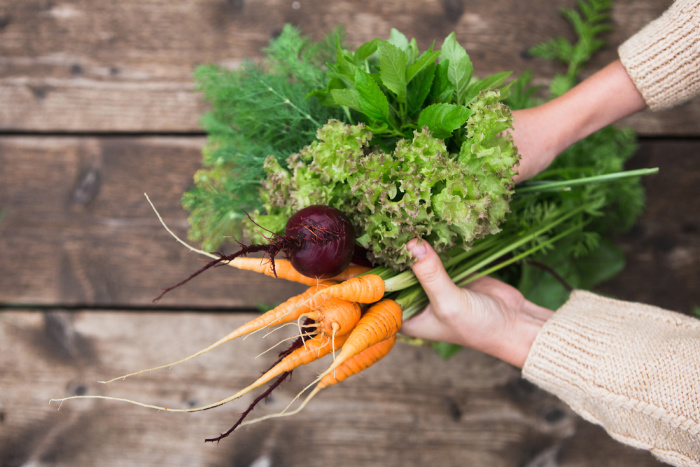
In some areas, June is the perfect time to get things planted in your garden, but in other areas, it may not be the ideal time to plant, particularly if it is too cool. Below, you will learn what you can plant in each zone.
Zone 1
There isn’t much you can plant in zone 1, but here is your list of things to consider planting:
- Cabbage
- Kohlrabi
- Rutabagas
Zone 2
In zone 2, you can plant what you can in zone 1, plus a little more. Here’s what you can plant and feel confident it will grow successfully:
- Cabbage
- Kohlrabi
- Rutabagas
- Broccoli
- Brussels sprouts
- Carrots
- Celery
- Kale
- Leaf lettuce
- Radish
Zone 3 and 4
You can plant a little more in zones 3 and 4 than you can in 1 and 2. Here’s a list of what you can plant:
- Cabbage
- Kohlrabi
- Rutabagas
- Broccoli
- Brussels sprouts
- Carrots
- Celery
- Kale
- Leaf lettuce
- Radishes
- Turnips
- Tomatoes
Zone 5
During June, you can start seeds indoors, as well as getting things planted outdoors.
For the best results, start the following indoors:
- Lettuce
- Brussel sprouts
- Cabbage
- Cauliflower
- Celery
Start the following outdoors:
- Spinach
- Sweet potatoes
- Tomatoes
- Eggplant
- Peppers
- Potatoes
- Winter squash
- Melons
- Corn
- Bush beans
Zone 6
June is the time to start some plants indoors in zone 6. But, there is also a lot that you can plant outdoors as well.
Here is what you can start sewing indoors:
- Brussels sprouts
- Cabbage
- Cauliflower
- Beans
Additionally, you plant the following outdoors:
- Corn
- Beans
- Tomatoes
- Sweet potatoes
- Eggplants
- Peppers
- Winter squash
- Celery
Zone 7
With the hottest weather coming in July, you should use caution in what you plant in zone 7 in June. You will want to start seeds inside for your colder weather plants. Here’s what to start indoors:
- Carrots
- Bush and pole beans
- Lima beans
- Tomatoes
- Broccoli
Zone 8
Again, zone 8 is quite hot in June. So, you will want to start seeds indoors for your fall plants. Here are some to start:
- Bush and pole beans
- Lima beans
- Brussels sprouts
- Cabbage
- Tomatoes
Zone 9 and 10
June is too hot to really start any plants outside in zone 9 and 10. You can however, start the following indoors:
- Brussels sprouts
- Okra
- Lima Beans
- Peppers
What To Plant In June
Beans
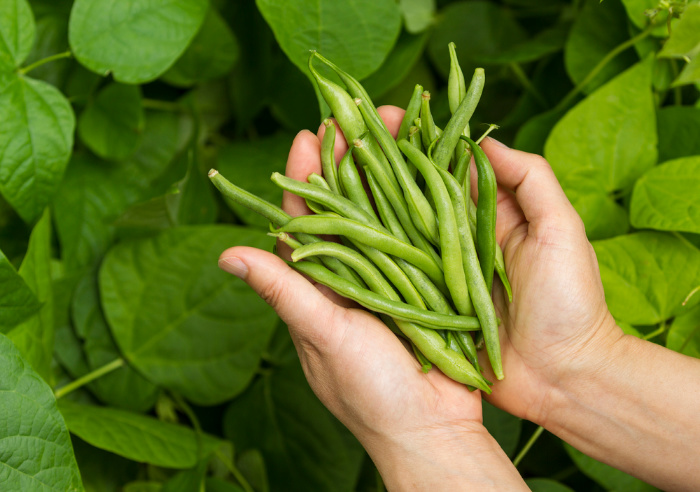
This is one of my favorite vegetables to grow. When our girls were growing up, we grew a lot of green beans. We canned bushels of them in our pressure canner.
They taste so good when they are freshly picked. I only grew bush beans, but you can plant pole beans if you have a way to support them up off the ground. Bush beans grow about 2 feet tall and the pole beans grow up to 10 feet tall.
Bush beans are ready to pick about 50-55 days after planting. Pole beans take a bit longer, so plan on 55-65 days to harvest.
Please remember, if you can stagger the plantings every 2 weeks you can harvest green beans for weeks rather than all at once.
Green beans like a good composted rich soil with rotted-manure. You plant the seeds 1-2 inches deep and cover them with soil. Space the seeds in rows about 6-8 inches apart. Water immediately and keep regularly watering them until they begin to sprout.
After they begin sprouting they need 1 to 1.5 inches of water each week. They need full sun, so plant accordingly. They grow best when the air temperatures are between 65 to 85 degrees.
When the green beans are the size of a pencil they are ready to pick. They can toughen up very quickly, so check on them often. You pick them by snapping them off at the vine.
pH level for Green Beans: 6.0 to 6.2
Beets
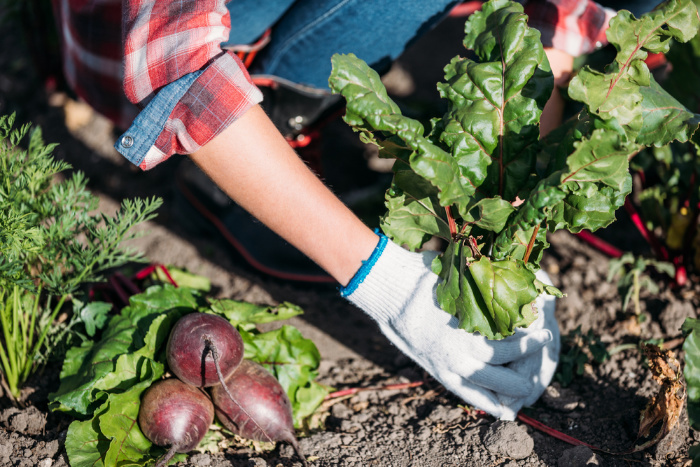
When prepping the soil for planting beet seeds, please don’t neglect the needs of these red beauties. They prefer well-drained soil, never clay like I had in Southern Utah, which is too heavy for the large roots to grow. If your soils are hard it may cause the beet to be tough and not be the best vegetable to cook.
The temperature must be at least 40 degrees F. (4 C) to plant the seeds in order for them to germinate. Beets don’t like the hot weather, and actually do poorly in the high temps.
When the soil is ready, plant the seeds 1 to 2 inches apart and cover the seeds with soil and sprinkle with water. In about 7 to 14 days you will start to see a few sprouts.
Thin as needed to keep the roots a good size for harvesting. You may want to plant some beet seeds every 2-3 weeks to have a good harvest longer.
You can plant them in partial shade, but make sure the soil depth is at least 6-8 inches to produce really good roots. The beets are ready to harvest in about 8 weeks.
When ready to dig them, gently remove the soil around each root. The greens can be harvested when the beets are young and the root is small.
pH Level for Beets: 6.0-7.5
Carrots
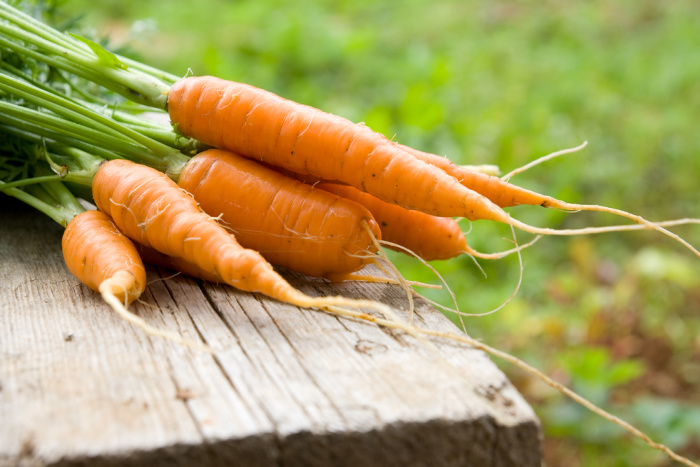
Carrots like really smooth, loamy soil with nutrients added as shown above. I like to moisten the soil slightly and sprinkle the seeds over the soil and cover them with compost.
Keep the rows about 3 inches apart and stagger planting the seeds over two to three weeks to have an abundant harvest for the season.
If you live where the heat is intense, be careful as carrots don’t like to dry out. If you water them by hand for two to three weeks after planting the seeds you will soon see the little sprouts.
This is when you will fertilize with some Miracle-Gro Fertilizer and thin the carrots as needed. Use mulch to cover them if you live where the summers are extremely hot.
pH level for Carrots: 5.5-7.0
Corn
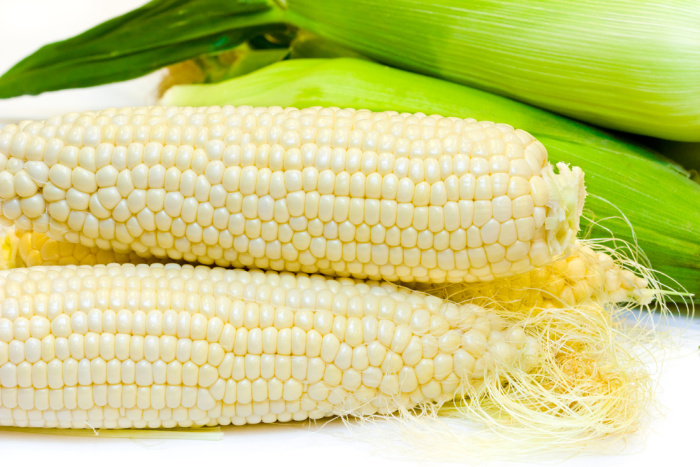
Corn likes full sun, so plant accordingly. They need well-drained and fertile soil. Put 2-4 inches of compost and well-rotted manure so the soil will drain better. They need a soil ph level of 5.8 to 6.5. Add lime to raise the pH and add sulfur to lower it.
Plant the seeds two weeks after the last frost in your area. It’s not recommended to plant seeds in the house and transplant them, so I have always sowed them directly outside. I’ve heard of people planting them inside and transplanting them later, just giving you the heads up.
Plant the seeds 1.5 to 2 inches deep and 4-6 inches apart and in rows of three about 8-12 inches apart. You are better off having several rows, as in three, over having one really long row.
They will pollinate better from one plant to another. Please make sure the temperature of the soil is 60 degrees F. or above for successful germination. This is the Garden Thermometer I have to test my soil temperature.
Fertilize often with nitrogen and phosphorus. 16-16-8 is a good choice for fertilizer. Put two pounds of 16-16-8 per 100 square feet of garden.
Once you see sprouts, corn needs an additional fertilizer of 46-0-0, so sprinkle some around those sprouts. Once the stalks have 8-10 leaves, add a ratio of 1/2 pound of 46-0-0 fertilizer to 100 square feet of garden. When the silk starts developing add 1/4 pound of 46-0-0 fertilizer to 100 square feet of garden.
I recommend planting a few seeds every week so you can have corn for several weeks. Sweet corn is different than other vegetables. One stalk only grows 3-4 cobs and it’s done. Yep, all that work for 3 or 4 cobs, but it’s worth it, I promise.
Corn: ph level of 5.8 to 6.5
Cucumbers
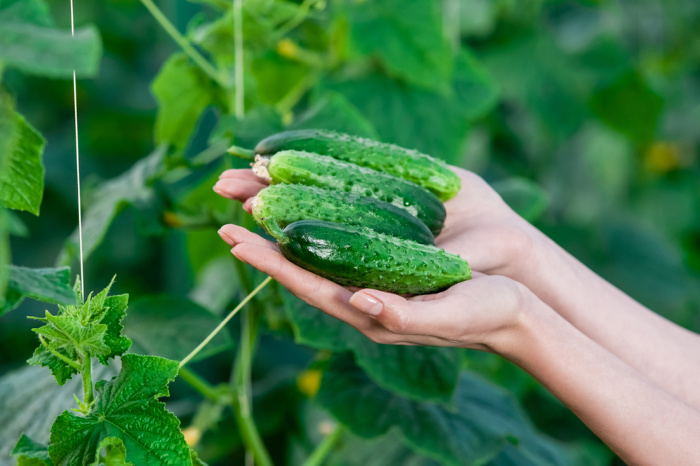
Cucumbers thrive when the weather is hot and they receive a lot of water. Plant them in full sun. If you planted seeds inside make sure you don’t set your seedlings outside until the weather is in the 70-degree range. Check the last frost date and wait two weeks before planting the seedlings or seeds outside.
Decide if you want to grow bush cucumbers or cucumbers on the vine. I have always had better luck with bush cucumbers. Bush cucumbers work great in pots or in small gardens.
This is why they do better in my raised gardens. I suggest you stagger when planting the seeds because you will have cucumbers bearing at different times, instead of all at the same time with a huge picking.
Cucumbers like compost and composted well-rotted manure. They need well-fertilized soil. Cucumbers grow fast and don’t depend on a lot of care or work to get them to thrive. When watering, try and keep the leaves dry, to keep leaf diseases from forming.
Male blooms show up first and drop off. No worries, within a week or two, a female flower will appear. If not, you may have to do hand pollination. You do this by removing the male blossom, leaving the center covered in the pollen. Use a “brush” to apply the pollen you collected to the center of the female flower.
Use metal cages for vines, the cucumbers will hang better on those because they will attach easier to the wires when growing. Plant two to three seeds about one inch into the soil, and cover with soil.
If the soil is moist and warm you will see sprouts within a few days. Plant the seeds or plants 36-60 inches apart. Bush cucumbers can be planted closer. Cucumbers grow from start to finish in 50-70 days.
pH level for Cucumbers: 6.5 to 7.0
Melons
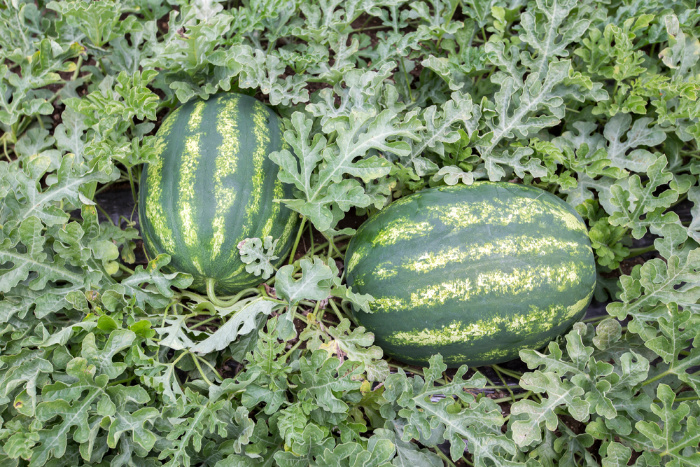
Melons are actually really easy to grow if you have three things: sunshine, warm weather, and amended soil with well-rotted manure and organic compost. The soil temperature has to be above 70 degrees in order to germinate the seeds.
I typically plant three seeds in each hole about 1-inch deep and space them 36-inches apart to allow for growth. Once the seeds grow to 3-4-inches, I choose between the three seeds that sprouted and discard the weakest of the three leaving two standing sprouts.
Melons need water because they are made up mostly of water, so never let them dry out. Be careful with the foliage because that’s where the sweetness comes from.
Keep the garden weeded so you can keep an eye on the fruit when it starts to grow. To test if the fruit is ripe carefully lift the fruit and twist it, it will easily slip off the stem if ripe. SeedsNow
Late melons don’t slip off the stem when ripe. Honeydews are ready to pick when the area where the melon rests on the ground turns from yellow to white.
Hales Best Cantaloupe: Day to maturity = 85-100 days
Honey Rock Cantaloupe: Day to maturity = 85-100 days
All Sweet Watermelon: Day to maturity = 90 days
Sugar Baby Watermelon: Day to maturity = 75 days
Tom Watson Watermelon: Day to maturity = 85 days
Crimson Sweet Watermelon: Day to maturity = 85 days
pH level for Melons: 6.0-6.5
Peas
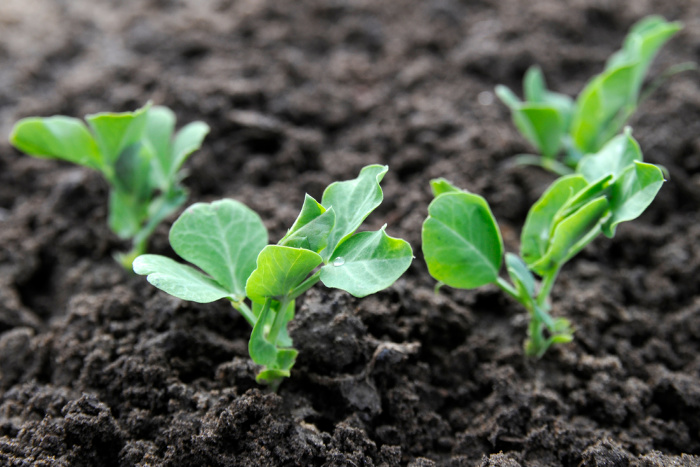
Peas prefer cooler weather, so March is a good month to plant your peas. You can plant them as soon as you can work your soil. If the soil temperatures are 10-20 degrees C or 50-70 degrees F that is best.
The best times to sow peas are mid-February clear until the end of May. Of course, you can plant them again in July through mid-August, depending on how hot it is. If your soil is moist or damp don’t soak your peas, you don’t need to. I have never soaked my peas.
Make sure your soil has the amendments it needs. I prefer bush peas, but that’s because those are the ones that seem the sweetest. My favorite ones are called Little Marvel.
They only grow about two feet tall, and that works for me. They are sweet to the taste and can be harvested in about 60 days. You may want to trellis them. Plant the seeds about 4-6 inches apart and 1/2 to 1 inch deep.
pH level for Peas: 6.0-7.5
Summer Squash
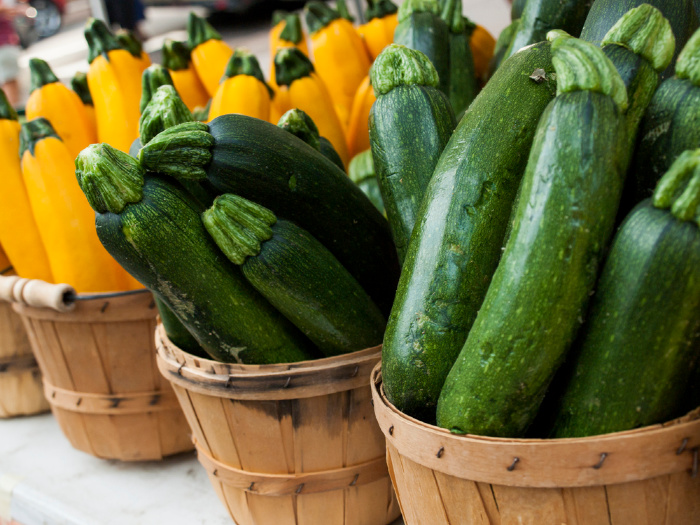
Summer Squash: zucchini, crookneck, and straight-neck (harvested in the summer before they reach maturity).
Winter Squash: pumpkins, butternut, spaghetti, and acorn squash (harvested in the autumn months after they reach maturity).
When you plant the seeds, test the soil to make sure it is at least 60 degrees F. before sowing your seeds. They need full sun exposure. They need loamy soil rich in nutrients. The soil must drain properly.
Plant the seeds in hills (2-3 seeds each) one inch deep. Space them 2-3 feet apart. Thin as needed to produce the strongest plant. Use a cloche to keep the plants warm in case of cool weather. Mulch around the plants to keep them moist and weed-free. When the first blooms appear, fertilize the plants.
Water deeply, at least one inch of water per week. The soil needs to be moist 4 inches down. If your blossom ends turn black and rot, then you have blossom rot. It’s usually caused by uneven moisture in the soil. It could also be a calcium problem.
Water must be consistent and frequent for the fruit to produce. If the fruits are misshapen they may not have received enough water or fertilizer. Check for fruit you can pick daily, they grow faster than you may think.
pH level for Squash: 5.5 to 6.8
Marigolds Attract Bees
Don’t forget to plant some Marigolds to attract bees. Marigolds by Linda
Please Check Out What To Plant Each Month:
- What To Plant In January
- What To Plant In February
- What To Plant In March
- What To Plant In April
- What To Plant In May
- What To Plant In June
- What To Plant In July
- What To Plant In August
- What To Plant In September
- What To Plant In October
Final Word
I hope today I inspired you to plant a garden or sow some seeds in a pot or two. It’s all about what to plant in June. The more experience we have with gardening, the more we learn about growing our own food.
We must be self-reliant, save seeds, and learn a skill whenever possible that we maybe don’t feel comfortable doing at first. Listen, we can do anything, I promise. We will learn together and be prepared better than ever before. May God bless this world, Linda
This is where I buy my garden seeds: SeedsNow
Copyright Images: Gardening Deposit photos_63079453_s-2019

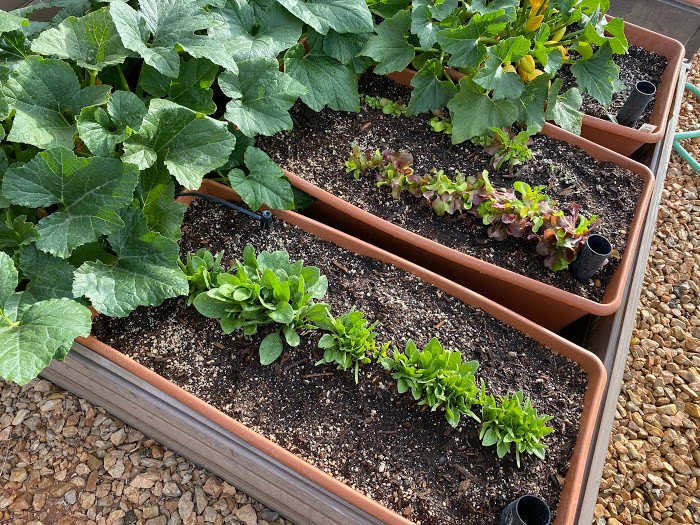


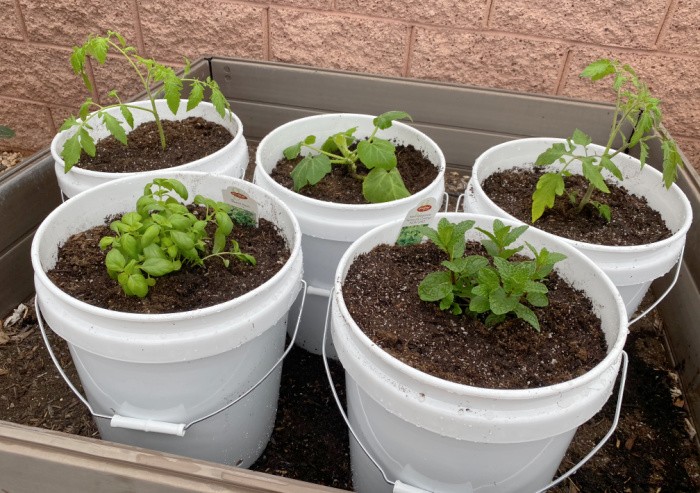
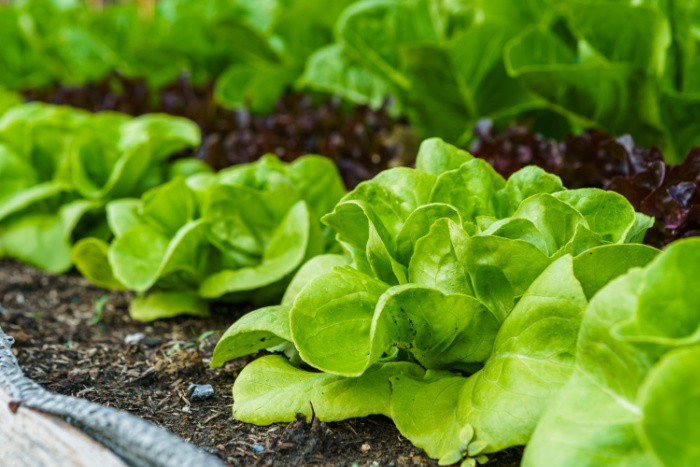
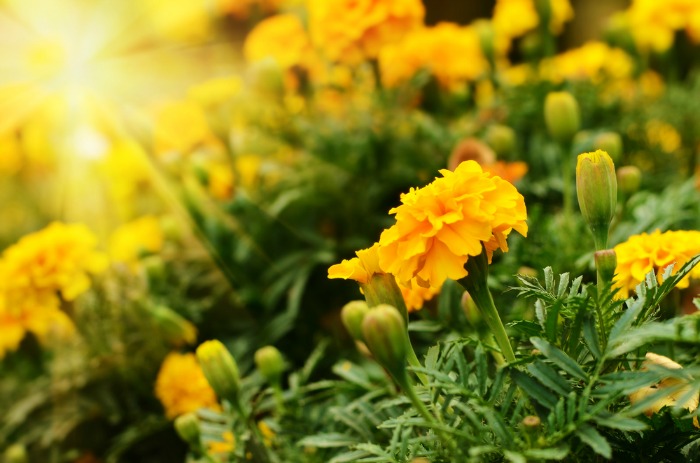
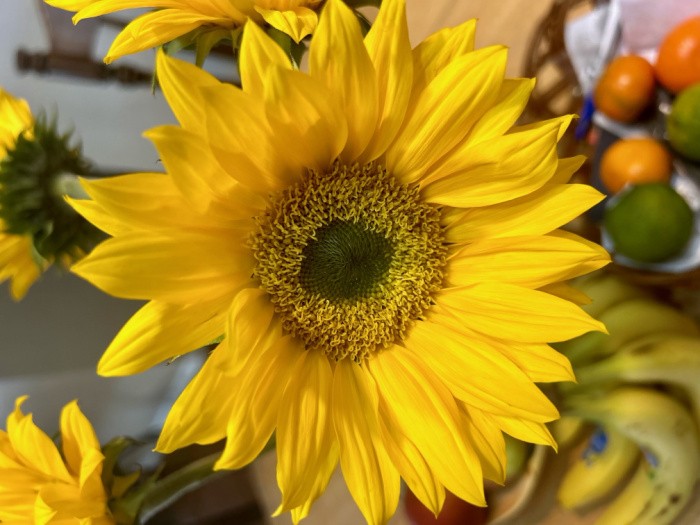
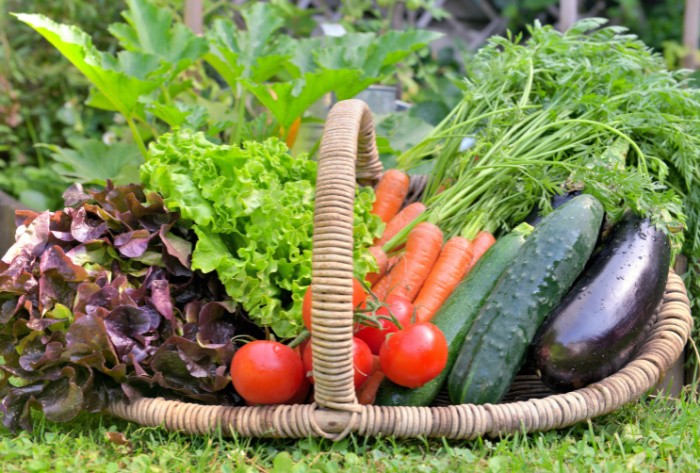
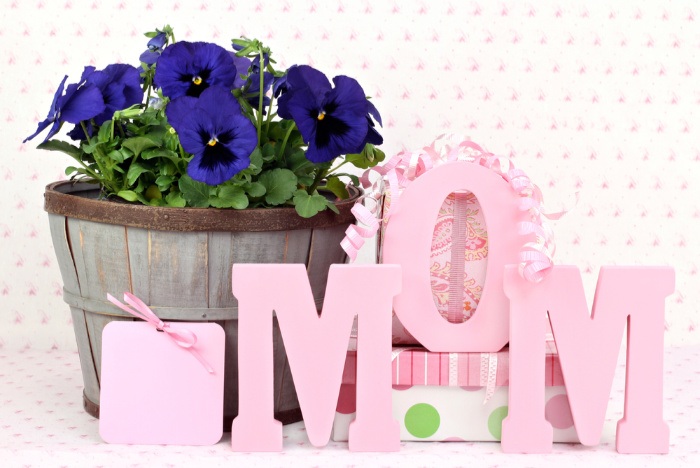
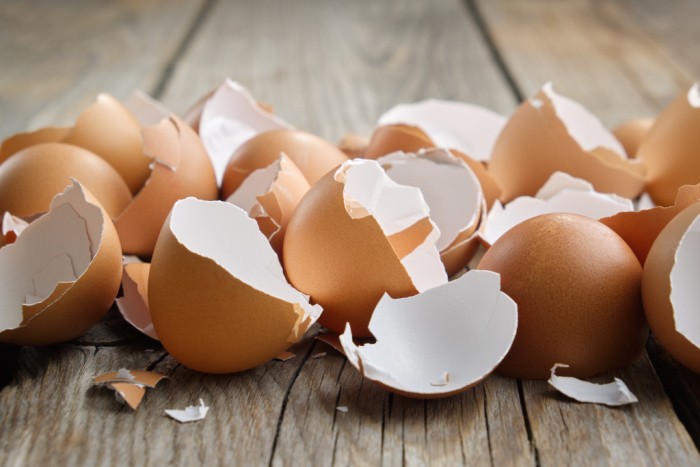
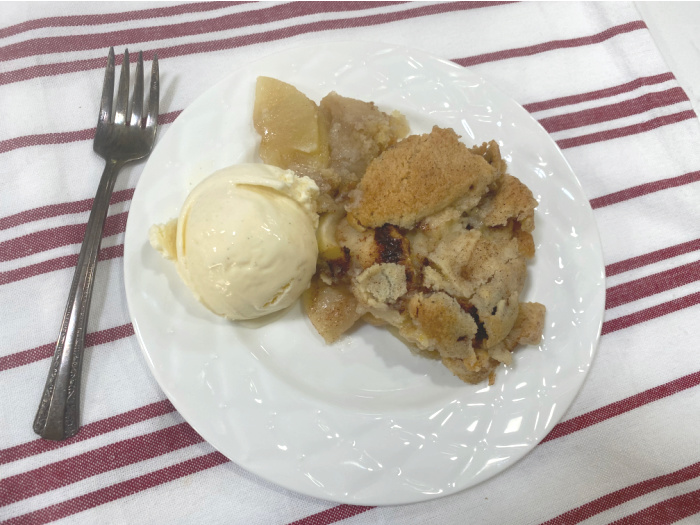
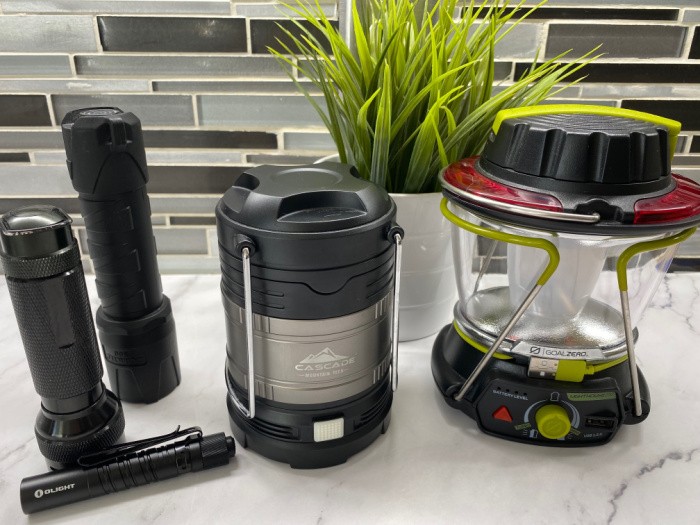
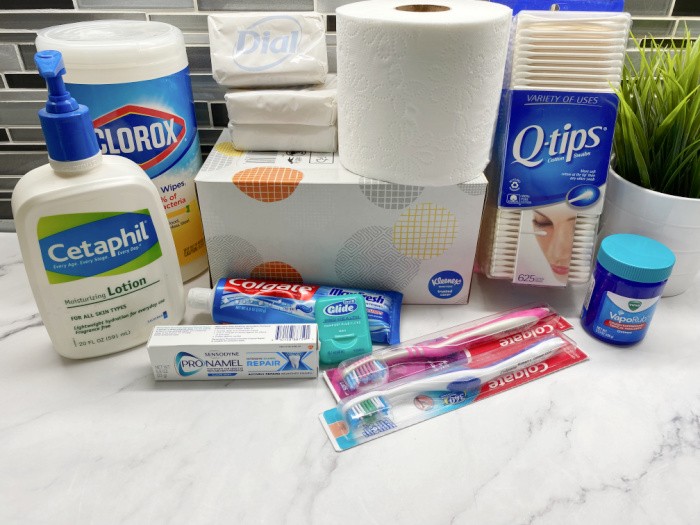
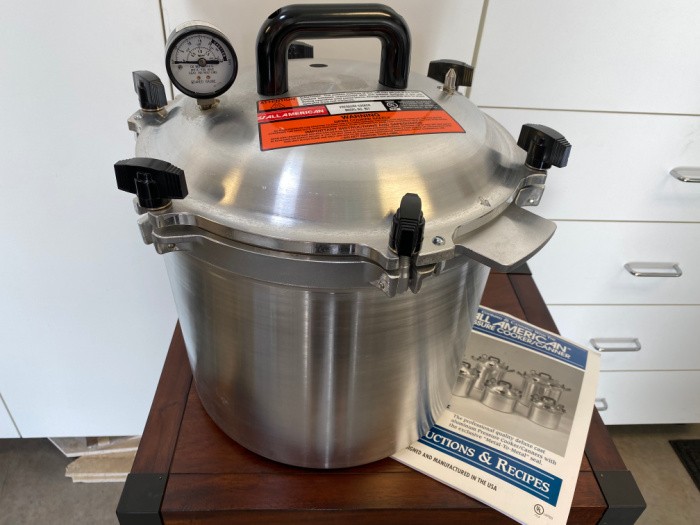
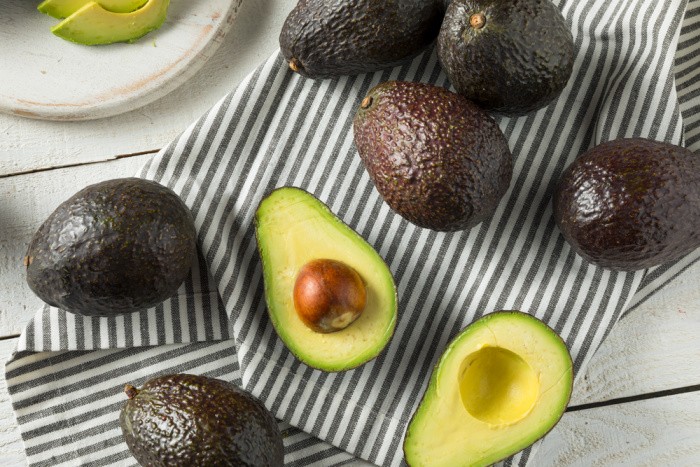
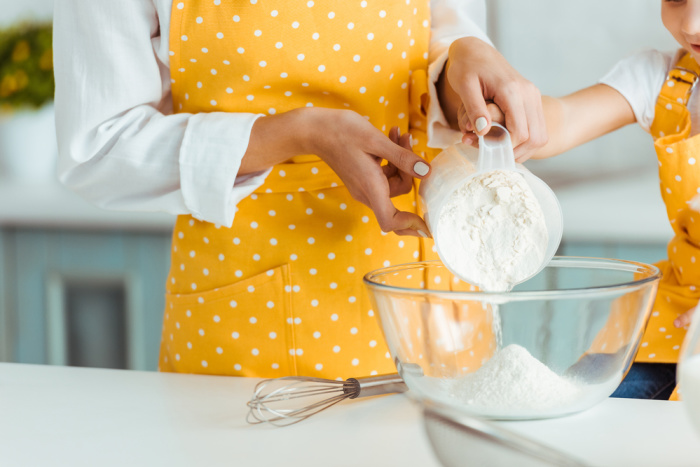
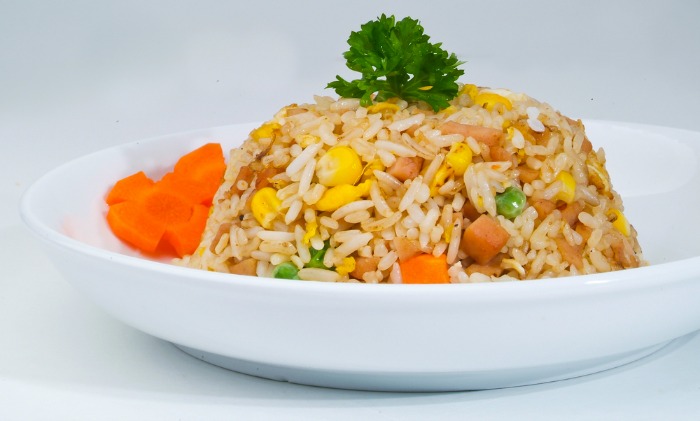
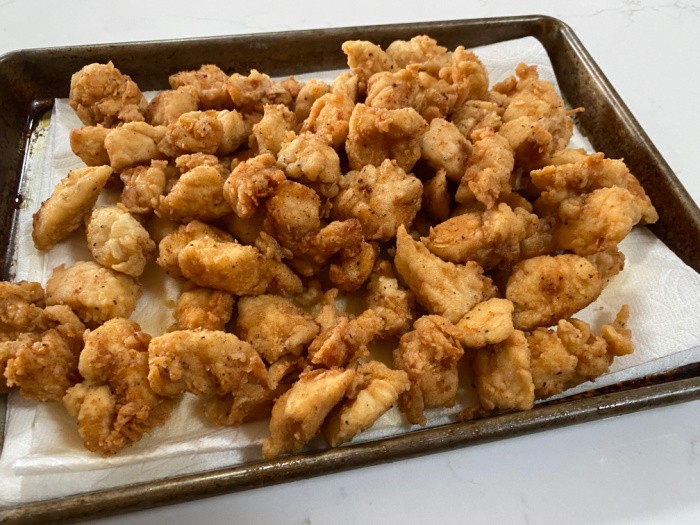
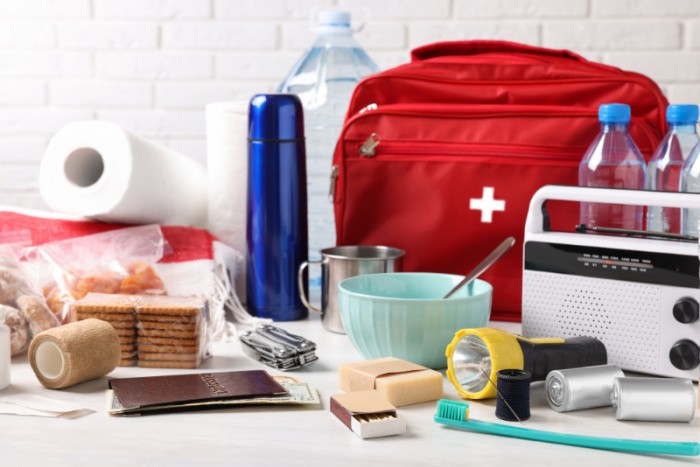
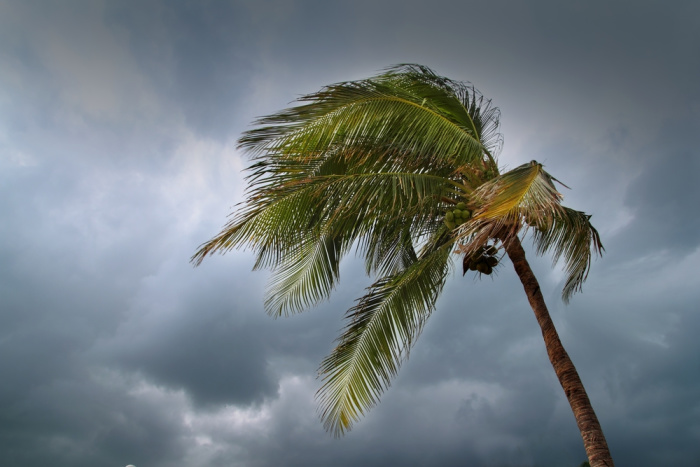
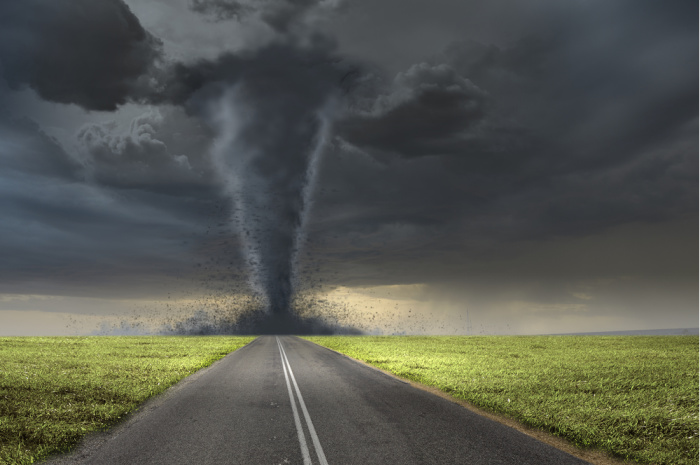


Now following.
Hi Linda, thanks for following! Linda
Thanks for this! I’ll be planting some green beans this week!
Hi Carrie, green beans are so easy to grow, have fun! Linda
I always love these “what you can plant” articles. My pole beans are beginning to produce and so are my tomatoes and zucchini. I’m planting bush beans and cantaloupe this week, knowing full well I’ll probably have to put up shade cloth to keep my beans from getting sunburned. I thinned apples from my trees this morning while it was still cool.
Hi Ray, oh my gosh, I love hearing you have a garden, which I knew already but I love hearing what you are harvesting. I should try planting cantaloupe here. So you already have fresh tomatoes????? Oh my gosh, that first red tomato is the BEST! Mine are still green. I’m hoping to put my garden shades on this week as well. I love your book and will be writing a review on Amazon very soon. If any of you are wondering about Ray’s book, here is the link. Linda
https://amzn.to/3c6zK2G
Linda, most of my tomatoes are green but I have harvested a few delicious red ones. I mostly grow an heirloom cherry tomato called Peacevine, which is the open pollinated version of Sweet 100. When ripe they are like eating tomato flavored candy. My Early Girl tomato has already given me a couple of nice red ones too.
I fogot to mention I’m harvesting Jericho lettuce, Scarlett Nantes and Kuroda carrots and I’m about to dig last Fall’s potato planting. The zucchini is Black Beauty and the pole beans are French Climbing. All, of course are heirlooms, though I’m about to harvest some Short n Sweet hybrid carrots that are my wife’s favorites.
My cukes are beginning to flower so it won’t be long before I’m eating them too.
Thank you so much for your kind words and promotion of Bugging In. I truly appreciated it and all you do. And I am especially looking forward to your review.
Hi Ray, oh my gosh, I forgot the Heirloom cherry tomatoes called Peacevine!!! I always plant Early Girl, they are still green. One turned red and the desert rats or mice got it. Dang it! I love Black Beauty zucchini, it’s very prolific this year. Thankfully the bees came. I love love love your book! Thanks for sharing the types of seeds or plants you grow, by now you know I love hearing what you plant and harvest! Linda
Great article, Linda! Thank you for all the knowledge you share. I forward many of your articles to several folks on my email list. This past year has given many an interest in being more prepared.
Here in NW Florida, I have finally successfully grown a potato crop after several seasons of failures. A friend at the local feedstore suggested I cut the seed potatoes into quarters, making sure to have eyes in each section & then let them airdry several days before planting. It worked! I have gotten 4- 6 nice sized baby red potatoes from each plant that wilted. Still have over a dozen potato plants going strong. Awesome!
Focusing on root veggies more than anything else this summer. Got sweet potatoes growing in the raised beds, Jerusalem artichokes spreading in their patch. I’ll do carrots & beets late September. Might try some melons or squash when the onions are done. Got a couple of Matt’s Wild Cherry tomatoes & a couple of banana peppers & a giant bed of parsley for my garden munching.
The Taj Mahal Chicken Palace is coming along nicely. We finally got a couple weeks of clear weather so my husband has been able to work on it more consistently. Just have 1 wall, the doors & nest box to finish. The new residents arrive in about 10 days. Exciting stuff!
Ray, I put your book on my watch list for later purchase & I will be purchasing a couple more for gifts. Look forward to reading it & adding it to our reference library.
God Bless us all as we enter another year of adventures!
HI BDN, oh the Taj Mahal Chicken Palace!! You have to send me pictures so I can share them. Thank you for sharing my articles, you are such a blessing to me and others. I used to dry my potatoes, not anymore, now I put the whole darn potato seeds in with the eyes pointing up. I have so many potatoes. I just had my grandson dig some to take home. I have the most luck with Yukon Golds. They are perfect and so yummy! I grew sweet potatoes one year in a raised garden bread. Oh my gosh, I was the only one that liked them. Mark doesn’t like them and the neighbors didn’t want them. LOL! I have never grown Jerusalem artichokes, but I sure like eating them! Isn’t it so fun to see how much we are all planting and harvesting? I just love it! Keep me posted on the chickens! Linda
Planting is pretty much over with and the garden is in full swing. About the only thing I plant now is lettuce and cilantro so that it’s rotating. The lettuce has already become bitter due to early heat and lack of consistent rain. So the chickens get a treat daily.
Hi Matt, oh the bitter lettuce, thankfully you have chickens! The drought is a concern for so many people. Linda
Linda:
Mat might try growing his lettuce and cilantro in buckets. You might see if grocery stores around you will give you some empty frosting buckets from their deli department. I know you used to be able to do it in the stores around here. If you get the buckets you can water lightly and then you can have the lettuce right there in your house and not have to worry about putting it in the garden if you don’t know if it will come up or not.
I also wanted to say thank you for the list. You are always adding something I did not know about from last years list. I keep them all.
Hi Jackie, thank you my, friend! You may want to look at AeroGardens. A reader told me about them, and I have since purchased 5. Here is the post I wrote, https://www.foodstoragemoms.com/growing-fresh-lettuce-indoors/
We are done planting. Everything’s coming in. Hit corn, okra, tomatoes, asparagus, onions, squash, peas in this year.
I’ve got a tomato and some corn growing in the backyard from feeding the chickens. I’m gonna let it grow as an experiment and see
HI Matt, oh I love hearing this! Yay for gardens! Let’s hope you have great weather with water this year! Linda
I’m in Zone 8b, and yeah, its warming up but we’re still in the 80’s for daytime highs which means we can still plant any summer crop. I’ll just have to protect them with shade cloth as they mature. That shade cloth thing applies to those in Zones 9 and 10 as well.
I just planted a second crop of pole beans and bush beans. The only bummer I’ve had gardening this year is I ordered Bush Porto Rico sweet potatoes from Gurney’s and they were DOA. I live sweet potatoes and really wanted to try the Bush Porto Rico variety because they are a compact plant that is still supposed to be productive–and given the limited space in my garden beds, compact would be good.
My potatoes have been flowering for almost two weeks and I’m still harvesting asparagus, shell peas, snow peas and several other veggies.
HI Ray, oh the DOA Gurneys potato seeds, urghh! They should refund the money. They are not cheap! I love hearing what you are planting, growing and harvesting! After all these years the soil has got to be even if you have to add a few items. Love this! Linda
Linda,
I have to add sulfur every year or two to keep the pH down below 7.0, and I add compost, composted steer and chicken manure, bone meal and sometimes a bit of blood meal. It’s pretty decent soil now. I mulch it with small bark chips and they biodegrade over the years to enrich it as well. Good soil is almost as important as water.
Tomorrow I’m planting Hearts of Gold, Honey Rock and Minnesota Midget cantaloupe, Katanya and Toton O’odham Yellow Fleshed Watermelon, Alaska Mix and Empress of India Nasturtiums and more marigolds. Jane planted a Bush Champion hybrid beefsteak tomato in a large pot and it has half a dozen huge tomatoes on it. We can’t wait for them to turn red.
HI Ray, Oh I need to see if i need to add sulfur, if I ever get my gardens going next year. There is nothing better than planting seeds or plants and then harvesting that first red tomato! Life is good! Linda
Ray, I am about halfway through your Bugging In book. I would be finished, but I while away hours clicking on links to see things you use or recommend. I thought I had bought everything I needed, and I am spot on with most of the items you talk about, but I did add some of your recommendations to my Amazon cart. Love your sense of humor. I laughed aloud in the getting rid of poop section and disposing of bodies section. AND IF YOU ARE EVEN THINKING OF CANNIBALISM, I DON’T WANT TO KNOW YOU! HaHa. I enjoyed the gardening section too. I have never even seen or tasted half of the vegetables you grow. My family’s tastes are rather narrow. I remember both of my great grandaddies, who grew gardens, and they pretty much stuck to pole beans, corn, sweet potatoes, red potatoes, crookneck squash, tomatoes, mustard, collard, and turnip greens, and field peas. We have have carried on with those same few crops over the following generations. I try to learn 2 new prepping skills each year. This year, I have dehydrated cabbage for the first time, I grew tomatoes from seed (Georgia Blush and Beef Stake), and I am growing lima beans and navy beans just to be able to do it if I need to. As you know, hardly any long-term food storage companies sell Great Northern beans, Navy beans, lima beans, or black eyed peas. So while I vacuum seal store-bought ones, I want to know how to grow them, too. Best wishes for a good crop this year.
Angela Cassidy
in north Florida
Hi Angela, his book really is good. Linda
Angela,
I’m glad you are enjoying my book and am pleased that you are actively expanding your prepping skills. Learning to grow different varieties of beans is an excellent skill to develop as is canning and drying them for storage.
Every year I learn something new while gardening. This year my mystery problem is, in spite of being very well protected from birds and other pests, something is eating my squash plants. I know it isn’t birds or ground squirrels, voles, pocket gophers or packrats and I doubt it’s lizards (as they prefer the bugs in my garden) but overnight they were all gone. I’ll replant and figure it out. Never had that problem before.
We’re starting to hit the 100’s here in NW AZ so my garden beds are all stressed, but that happens every year.
My lettuce, broccoli, carrots, corn, beans and melons are all doing quite well in spite of the heat. The cool weather plants will be done just in time for the warm weather plants to take hold and prosper. This year I’m growing 13 different varieties of tomato (basically testing them out for a local gardening club) and all but a couple are thriving.
Take care,
Ray
Hi Ray, wow, something ate your squash plants, I wonder what is was. That’s crazy. I’ve never had that happen to me either. Linda
Just a quick note, and I’m not even certain this comment has not been left on your site before, Linda: The thing that has truly “saved the day” with our garden has been planting zinnias between and near squash plants. I always had the most amazing squash plants/leaves, and then the squash vine borer would come and they would wilt and die. Now, since planting Zinnias nearby, they leave the squash plants alone completely! YAYAYAY!! IF you plant tall zinnias, your garden will also become a “sight to behold”, cause you will be able to see the vivid colors even from far away. 🙂
Hi Jess, great tip, I love Zinnias! Linda
Linda,
That Dr Q’s is very good stuff. You should also check out a product called WormGold. I started using it a couple of years ago and now all of my garden beds have earthworms in them. Don’t know if it was that product or all the compost I add every year, but the worms are surviving our intensely hot summers and our mild winters are no problem at all for them.
HI Ray, oh the earthworms are the best! I will check out WormGold. I have never composted and I know I should. Great tips, my friend, Linda